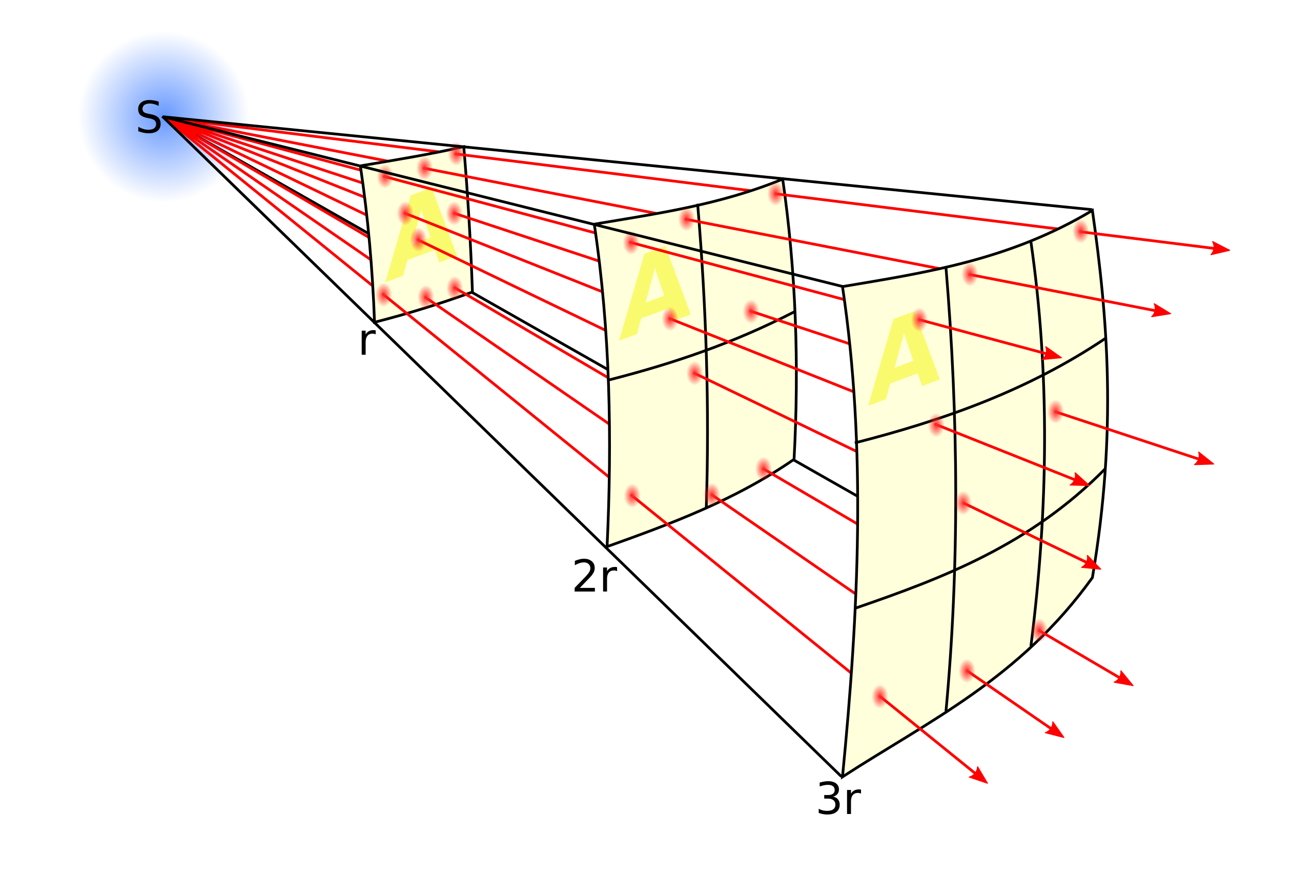There’s been a lot of fear in the last few days that Apple left off MagSafe off the iPhone 16e because it somehow interfered with Apple’s C1 cellular modem, but physics precluded that from the start. Here’s how.
Obviously, the iPhone 16e lacks MagSafe. There’s been a lot said about it, and it’s a problem for the device.
Almost immediately, we heard whispers from case manufacturers that it may not have been cost-cutting, but instead was interfering with the C1 cellular radio.
That was a silly proposition from the jump. Here’s why.
AppleInsider, why are you qualified to say this?
We can talk about this because I’ve had a great deal of practical training and experience in limiting radiation exposure. In the US Submarine fleet, one of my jobs was ionizing radiation exposure measurement, control, and assessment.
As part of that training, both in the start and end of my career, I had training on not just that, but monitoring of and exposure control from radio frequency broadcasts from high-power transmitters.
And yes, magnetic flux too, since submarines can be detected by magnetic anomaly detectors carried by our arch nemeses, aircraft.
Beyond that, since nearly everything Apple makes since the original AirPort products were launched have some kind of radio transmitter, as a publication we’ve talked to many, many doctors about it. Beyond the doctors, I’ve been speaking to actual authorities on the subject with a background in radiation physics for over 25 years.
Back to the inverse square law
In the case of radio frequency exposure or magnetic field exposure from a point-source, something called the inverse-square law applies. In short, the intensity of the exposure is inversely proportional to the square of the distance from that object.
Practically, this means that the exposure to radio frequency power at a given distance of r is quartered at distance 2r. This operates on a very small scale, as well as a large one.
For the scientific among us, as it pertains to the “point source” term up above — there is also something called a “line source.” However, for the purposes of very small magnets like in MagSafe, the line source math isn’t relevant, and can effectively be ignored.
Besides, relatively speaking, MagSafe magnets are very weak
And, the main term when figuring out magnetic flux exposure is the strength of the magnet. MagSafe magnets are pretty weak, relatively speaking.
The applicability of the inverse-square law to MagSafe magnets was proven in 2021 by this research study. Using a FW Bell 5180 Gauss Meter with STD18-0404 Transverse probe, the researchers found a magnetic flux of 110.36 gauss at 1 millimeter. At 11 millimeters — more than the distance to the antenna, and probably about the distance to the modem itself, this dropped to 15.44 gauss.
Anything less than 500 gauss is really of no concern to radio broadcasts at cellular frequencies. And, it’s not the ’80s. Other aspects of the phone, like Flash media isn’t really impacted by magnetic flux.
For comparison, refrigerator magnets are generally between 20 to 100 gauss. The earth’s magnetic field is around 0.5 gauss. A MRI machine magnet is about 15,000 gauss.
The advice to keep a MagSafe magnet away from your pacemaker remains good. But there was never any danger to interfering with RF from or to the C1 modem in the iPhone 16e.
And besides — there was never any concern with a Qualcomm modem. Why would there be with an Apple one?
Testing is good, but in this case, the explanation was obvious
We’re glad the case manufacturers tested all this. But, it was clear from the start that Apple omitted the magnet ring to save production costs.
Precision magnets are pretty expensive, truth be told. I asked around a bit before we published this article, and the best guess for the precision of the magnets Apple uses is probably right around $2 per unit.
That doesn’t sound like a lot, but when you multiply it by millions of dollars it’s — well. It’s still not a lot for Apple, but it’s a lot for us.
Anyway, Apple doesn’t cooperate with (most) case makers before a phone is released. They rely on rumors and supply chain innuendo to figure out what to make, ahead of time.
There are millions of dollars at stake to be at market early with a case for an iPhone. You snooze, you lose, we’ve been told.
So, the case manufacturers mostly took a guess that there’d be MagSafe on the iPhone SE 4. What we got was not that, obviously.
We’re certain that cases will pop out with a full-strength MagSafe magnet inside, and we’ll be rounding the up soon. And, while the end result was inevitable, the testing to prove it that we’ve seen is still a positive.





